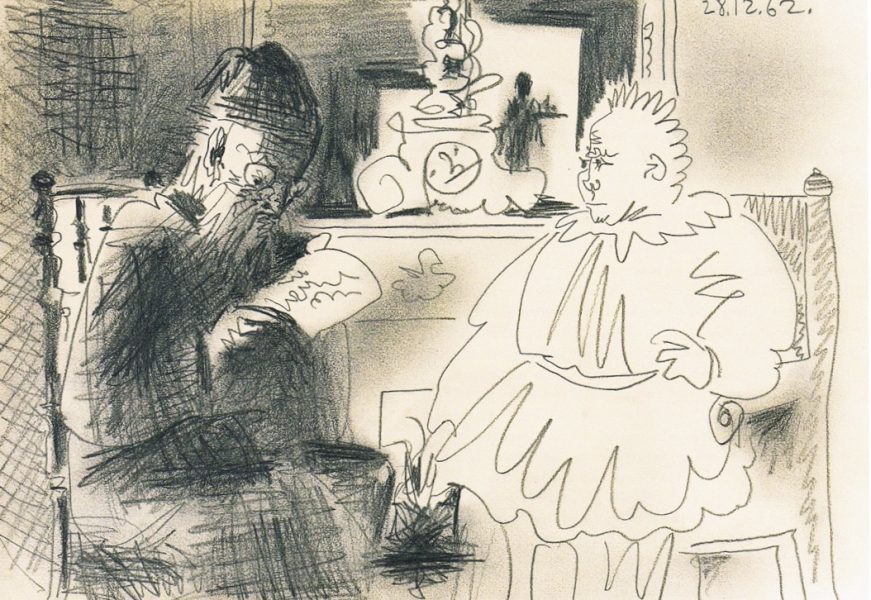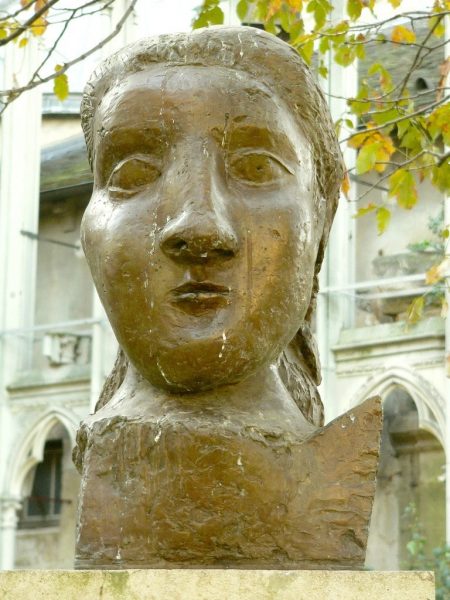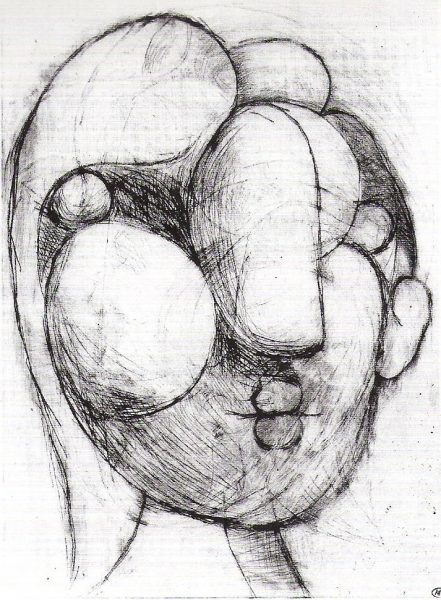Color Starvation
Question: I am looking for a more colorful piece than the prints you show. Do you have any? -GH Response: There are very few Picasso prints that are both colored and great and none that we presently own. I wouldn’t need all the fingers of one hand to count the truly great ones. Almost without exception, Picasso’s greatest prints are black-and-white, as is widely acknowledged. Only one multicolored print enters most sophisticated collectors’ top 10 list. And most colors fade, so that today, 50 years or more after their printing, most of the available colored prints have faded to one degree or another. Add to that the realization that color increases cost dramatically, and one is often led to the […]








